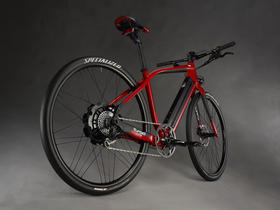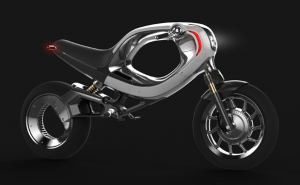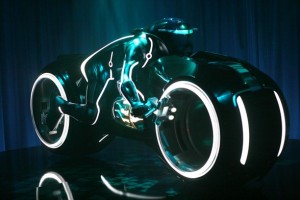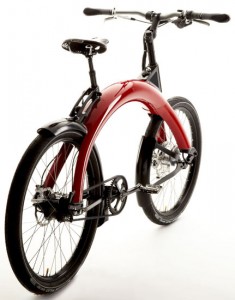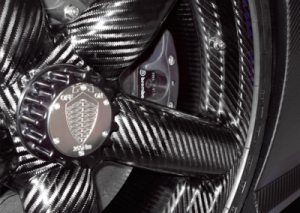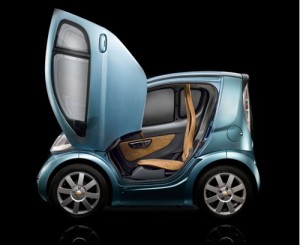 I use the word ‘car’ loosely here. This four wheeled contraption, the Volpe, is like no other car you’ve seen (well, apart from the Peel P50 with which is shares more than a passing resemblance!). It’s a two seat four wheeled car, powered by an electric motor with a natural gas or gasoline generator providing extended range capability.
I use the word ‘car’ loosely here. This four wheeled contraption, the Volpe, is like no other car you’ve seen (well, apart from the Peel P50 with which is shares more than a passing resemblance!). It’s a two seat four wheeled car, powered by an electric motor with a natural gas or gasoline generator providing extended range capability.
The seating is tandem style, and if you look at the image you can see how this would be a great setup for a rear passenger that has no legs. So, let’s be realistic here and call it a single seat car.
Why would you want one? Well, efficiency for starters…being so small, electricity usage is small as well. Parking is a cinch. It’s even small enough to find some creative parking places, like inside (it’ll fit inside an elevator). It could actually make for a decent commute vehicle in large cities, as long as you can avoid freeways and other faster roads.
As mentioned previously, the Peel P50 was actually first with this ‘mini car’ idea, and my favorite TV show, Top Gear, had a great review that shows this car in real life, check it out below. I expect driving a Volpe around town would have similar advantages…and drawbacks (the Peel P50 is smaller, though).


